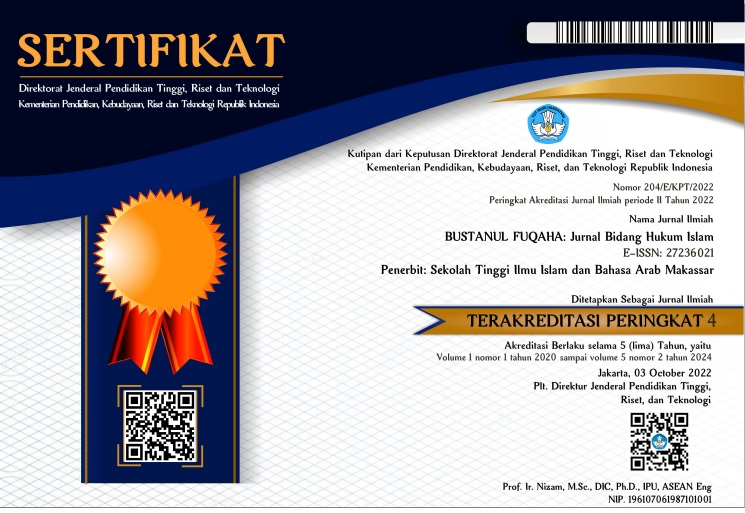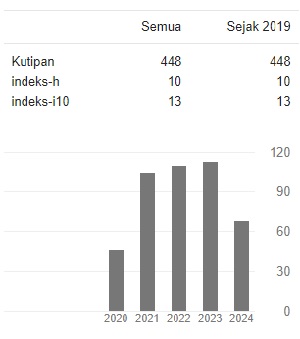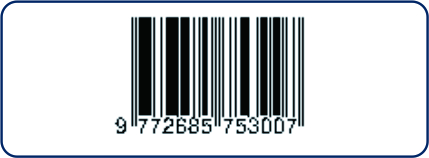Hukum Penggunaan Aplikasi FaceApp dalam Perspektif Hukum Islam
Abstract
This study aims to determine the legal use of the FaceApp application in terms of the Qur'an, sunnah, and opinions of the scholars, as well as its relation to the problem of changing God's creation. This study uses descriptive-qualitative with content analysis and library research technique. The results showed that: first, FaceApp is an application that can change face photos using technology in the form of neural networks that automatically produce very realistic facial transformations in photographs. The opinions of the scholars in the matter of changing God's creation are: 1) neutering humans and animals ; 2) changing physical form; 3) make a tattoo on the body; 4) change the religion of God. Second, the legal use of the FaceApp application in an Islamic perspective by the scholars was divided into two: some scholars banned the use of the FaceApp application and others allowed it. Nevertheless, the majority of the scholars chose to forbid it, based on the evidence in the Qur'an and related hadith and the number of violations and harms posed by this application.
References
‘Abdurraḥmān bin ‘Abdul Khāliq. (1994). Aḥkāmu al-Taṣwīr fī al-Syarī’ah al-Islāmiyyah.
Abū al-Fidāʾ Ismāʿīl bin ʿUmar bin Kaṡīr. (1999). Tafsīr al-Qur’ān al-‘Aẓīm, Jilid 2 dan 5. Cet. I; Beirut: Dār al-Kutub al-‘Ilmiyyah.
Abū Bakr ‘Abdullāh bin Muhammad bin Ibrāhīm bin Abī Syaibah. (1425 H/ 2004 M). Al-Muṣnaf li ibn Abī Syaibah, Jilid 12. Cet. I; Riyaḍ: Maktabah al-Rusyd Nāsyirūn.
Al-‘Uṡaimīn, Muhammad bin Ṣāliḥ. (1994). Al-Qaul al-Mufīd ‘alā Kitāb al-Tauḥīd, Jilid 2 Cet. I, Beirut: Dār al-‘Āṣimah.
Al-Asqalānī, Ibnu Ḥajar. (2005). Fatḥu al-Bārī bi Syarḥ Ṣaḥiḥ al-Bukhārī, Jilid 6. Riyaḍ: Dār al-Tîbā’ah.
Al-Bajādī, ‘Abdul ‘Azīz bin Aḥmad. (2003). Mas’alatu al-Taṣwīr Mustallatun min al-‘Imād fī Syarḥi al-Zād.
Al-Bukhārī, Abū ‘Abdillāh Muhammad bin Ismā‘īl bin Ibrāhīm bin al-Mugīrah bin Bardizbah al-Ju‘fī. (2002). Ṣaḥiḥ al-Bukhārī, Jilid 2. Cet. I; Beirut: Dār Ṭūq al-Najāh.
Al-Khaṭṭābī, Abū Sulaimān ḥamd bin Muhammad bin Ibrāhīm bin al-Khaṭṭāb. (1932). Ma’ālim al-Sunan, Jilid 3. Cet. I; Aleppo: al-Maṭba’ah al-‘Ilmiyyah.
Al-Qāsimī, Jamāluddīn. (1996). Maḥāsin al-Ta’wīl, Jilid 5. Cet. I; Damaskus: Dār al-Fikr.
Al-Qurṭubī, Abū ‘Abdullāh Muhammad bin Ahmad bin Abu Bakr al-Anṣarī. (1964). Al-Jāmi’ li Ahkām al-Qur’ān, Jilid 5. Cet. II; Kairo: Dār al-Kutub al-Miṣriyyah.
Al-Qurṭubī, Abū ‘Umar Yūsuf bin Abdillah bin Muhammad bin Abdil Barr bin ‘Āṣim al-Namarī. (2000). Al-Istiżkār, Jilid 8. Cet. I; Beirut: Dār al-Kutub al-‘Ilmiyyah/
Al-Sa’dī, ‘Abdurraḥmān bin Nāṣir bin ‘Abdullāh. (2000). Taisīr al-Karīm al-Raḥmān fī Tafsīr Kalām al-Mannān. Beirut: Mu’assasah al-Risālah.
Al-Sajastanī, Abū Dāwud Sulaimān bin al-Asy‘aṡ bin Isḥāq bin Basyīr al-Azdī. (1997). Sunan Abī Dāwud, Jilid 4. Cet. I; Beirut: Dār Ibnu Ḥazm.
Al-Ṭabarī, Abu Ja’far Muhammad bin Jarīr. (2000). Jamī’ al-Bayān fī Ta’wīl al-Qur’ān, Jilid 9. Beirut: Mu’assasah al-Risālah.
Ḥamūd bin ‘Abdillāh al-Tuwaijirī. (1988). Taḥrīm al-Taṣwīr wa al-Radd ‘alā Man Abāhahu.
Imamah, Naili. (2019). Relevansi Hadis tentang Larangan Menggambar Makhluk Bernyawa di Masa Sekarang (Studi Ma’anil Hadis). (Skripsi). Surakarta: Fak. Ushuluddin dan Dakwah Institut Agama Islam Negeri.
Najichah, Iffa Yuliani Ainun.(2016). Pemahaman Hadis tentang Gambar (Analisis Makna صورة dalam Hadis). (Skripsi). Semarang: Fak. Ushuluddin dan Humaniora UIN Walisongo.
Suryadilaga, Alfatih (2012). Metodologi Syarah Hadis. Yogyakarta: SUKA-Press.














